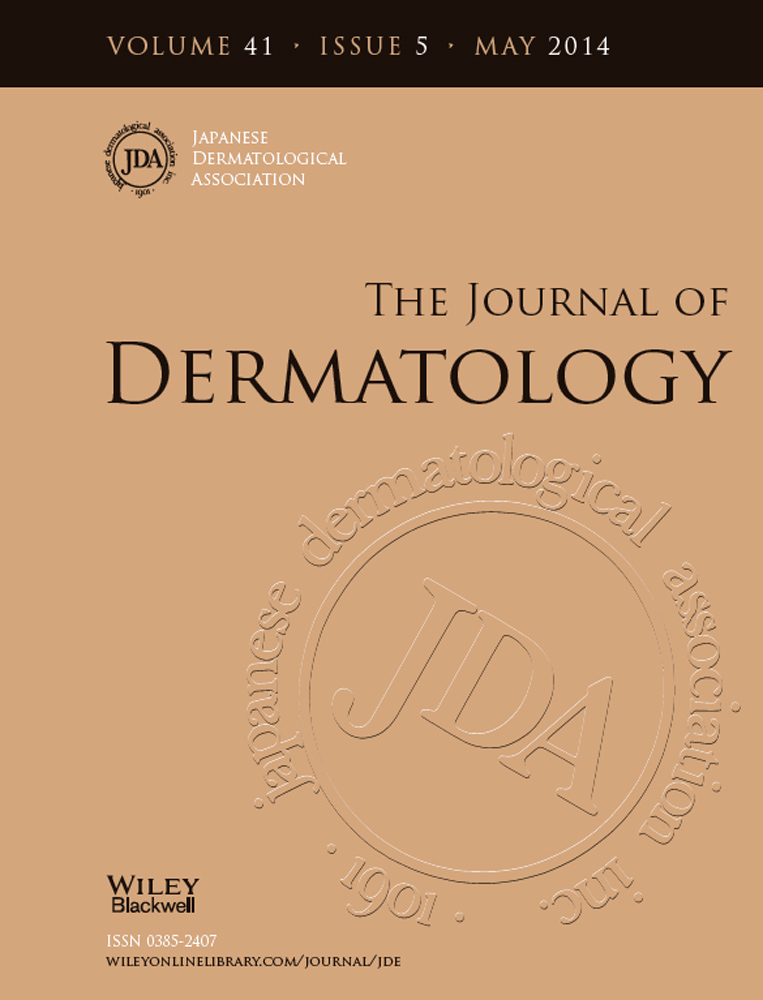Systemic sclerosis with sarcoidosis: Case report and review of the published work
Abstract
Sarcoidosis and systemic sclerosis (SSc) rarely coexist. Here, we report a Japanese female SSc patient who developed systemic sarcoidosis. Her SSc was a limited type negative for anti-Scl-70 antibody and positive for anticentromere antibody (ACA). Moreover, we performed a review of the English-language published work that described cases of concurrent SSc and sarcoidosis. Then, we found that most SSc and sarcoidosis concurrent patients positive for anti-Scl-70 antibody were male (77.8%). On the other hand, most patients positive for ACA were female (87.5%). These results suggest some relationships between autoantibody profiles and sex in SSc and sarcoidosis concurrence.




